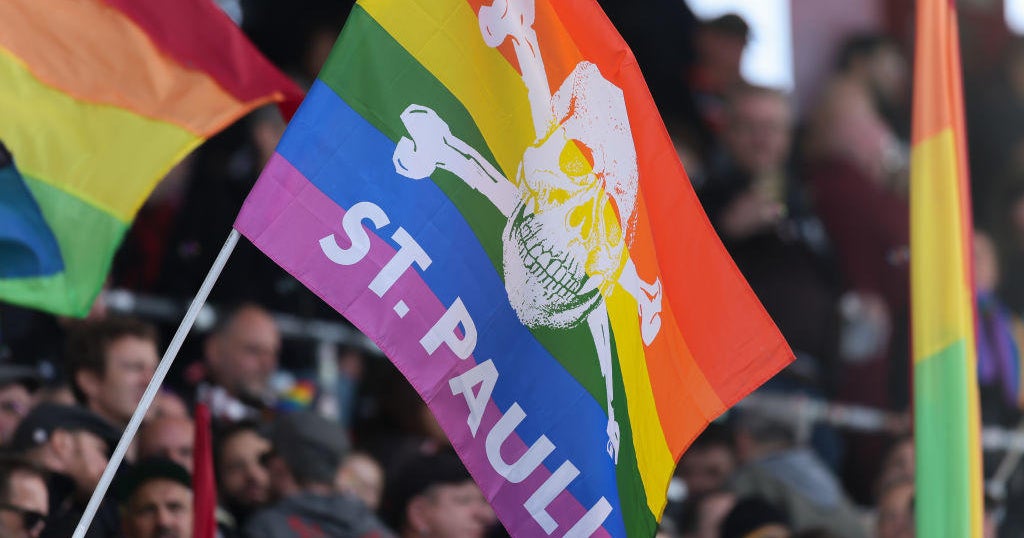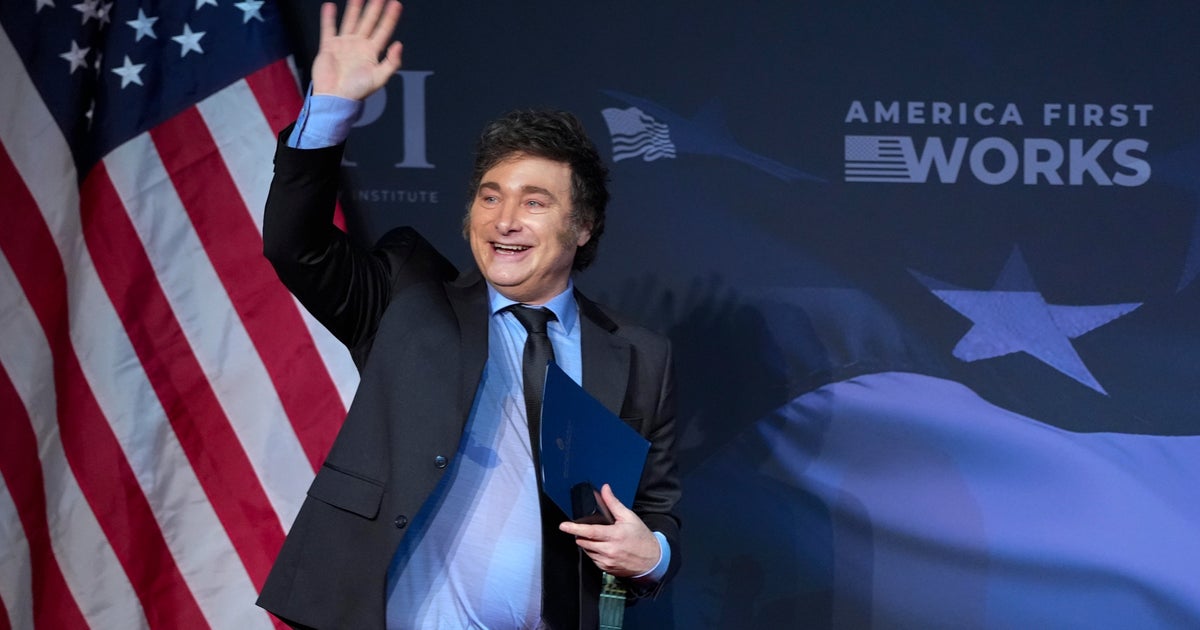Star Tribune
Minneapolis to set up Lake Street Community Safety Center, and wants residents’ help to define it
By this summer, Minneapolis leaders hope to open a Lake Street Community Safety Center — a place where residents, social service providers and police officers could come together to work with each other and serve people in need.
But first, the city faces a tough task: gathering direction from residents, including many who remain wary of police after years of drug use, vandalism and more serious crimes along the key south Minneapolis corridor.
In community-led gatherings over the last year, residents discussing safety issues noted that the area is already dotted with organizations serving the area’s least privileged residents, offering care that the government has traditionally declined to provide: clean needle exchange, naloxone distribution, and food, showers and tents for those living on the street.
Sam Gould, co-founder of Confluence, an East Lake Street community design studio, said some neighbors feel the city’s plans ring “hollow.”
“It’s not necessarily being developed through the immediate needs and desires of the people living here, and therefore not really responsive to a unique place,” Gould said.
But others see opportunity. A few years ago, there was a modest storefront safety center on East Lake Street and Chicago Avenue. Staffed full-time by a city crime prevention specialist, it was a place where neighbors could make victim impact statements and get help for domestic violence. The center eventually burned down, a casualty of the riots that snarled the immigrant business corridor after a former Minneapolis police officer murdered George Floyd in 2020.
East Lake Street and the residential neighborhoods that flank it have since undergone several years of hard healing, trying to rebuild amid chronic police understaffing and an endless march of homeless encampments. Some community leaders believe a relaunched safety center, which would build on Minneapolis’ fledgling efforts to expand its public safety model, could help.
“Since 2020, there have been lots of challenges on Lake Street, certainly hotspots and chronic issues with addiction, mental health and violence, and so we have wanted, given the absence of a Third Precinct, to shape a new approach, to blend prevention work with law enforcement,” said Louis Smith, a member of the Lake Street Greenway Partnership.
The effort has funding: Last year, the City Council set aside half a million dollars to put up a temporary safety center, which does not yet have a publicly announced location. Officials hope to replace it in early 2025 with a permanent facility at 2633 Minnehaha Av., just off Lake Street. Third Precinct police officers, who have been at an interim headquarters downtown ever since protesters torched their former station at 3000 Minnehaha Av., are expected to return at that point as part of a comprehensive collection of services including unarmed responders.
“A subset of folks who could use that facility might not if the police are present, and that’s not necessarily an argument for not trying something new and different that gets at the immediate community safety needs and promotes coordination and cooperation across silos,” said Russ Adams, manager of corridor recovery initiatives for the Lake Street Council. “Residents and businesses would like to see something done about the current conditions on Lake Street … The worst thing would be status quo.”
Lake Street hot spots
In early spring, a man and a woman were injured by gunfire at the intersection of Lake and Bloomington, a busy intersection anchored by the Mercado Central marketplace and the nonprofit Family Partnership. Soon after, a 58-year-old man was shot and killed near the corner.
This year there’s been drug activity where Bloomington and 16th Avenues meet Lake Street. Last year the commotion was concentrated around 12th and Lake, where a shooting left a man dead and a woman injured. Increased police presence soon moved crime to other corners, yet the little plaza outside the St. Vincent de Paul thrift store, which has benches and a statue of the Mexican revolutionary Emiliano Zapata, remains surrounded by a chain-link fence.
“Anything additional on Lake Street that has to do with safety is a good idea right now,” said Dianne Haulcy, CEO of the Family Partnership. The building has a childcare center and an anti-sex trafficking drop-in hub where six to 10 people a day come to shower, wash their clothes, eat and nap. Haulcy would like to see the Lake Street Community Safety Center augment the Family Partnership’s existing services with harm reduction, addiction treatment and housing casework.
So far one organization has committed to being a part of the Lake Street Community Safety Center: Let Everyone Advance with Dignity (LEAD), a year-old program that works with indigent, homeless and disabled people to keep them out of the criminal justice system.
On a blustery afternoon in April, LEAD project manager Latasha Jennings and caseworker Maria Zavala walked down East Lake Street. The Greater Minneapolis Council of Churches at 11th and Lake offers meals and showers on Fridays, when people experiencing homelessness can visit the Sanctuary Supply Depot, a group that distributes outdoor survival gear. Just a few blocks away is the latest iteration of Camp Nenookaasi, where many of LEAD’s clients live. At a nearby furniture shop, a glass door had been busted in the middle in the night. The person captured on security cameras bashing it with a rock looked like they might have been seeking a warm place to sleep, the business owner told the team.
Business owners often call LEAD about people congregating outside their shops, being disruptive or having crises. But unlike traditional security, LEAD doesn’t just show up and shoo people off; they try to establish communication and de-escalate conflict.
For example: People were calling police about someone snatching bread from the bakery at Mercado Central. The baker didn’t want to involve police and exacerbate tensions with someone who was probably just hungry. So Zavala leveled with the suspect, telling him that the baker was willing to give him bread if he just asked, but that if he loitered right outside, it could hurt the business.
“We don’t want to just listen to the complaint. We ask them, what are we gonna do together to change it?” Zavala said.
The city is hosting engagement sessions through the end of May with ethnic groups, disabled and homeless people about services they want to see in the community safety centers.
Star Tribune
Mel Northway, a Gophers double-double machine in the 1960s, dies at 81
Mel Northway, a three-year starter for the Gophers men’s basketball team, died Monday.
Northway, who lived in Hartselle, Ala., was 81.
After moving into the Gophers’ starting lineup as a sophomore in the 1962-63 season — freshmen were ineligible for varsity play then — the 6-8 center from Minneapolis Henry High School averaged a double-double in points and rebounds in each of his three seasons as a starter for coach John Kundla.
Northway, who was an Academic All-American in 1964, averaged 13.6 points and 11.7 rebounds in 72 games for the Gophers. He is sixth on the Gophers’ career rebounding list with 841 rebounds.
Northway was drafted by the St. Louis Hawks in the 1965 NBA draft but started the basketball program as coach and athletic director at Anoka-Ramsey Junior College.
After two years at Anoka-Ramsey, he played and coached professionally in Belgium for three seasons. He was named the top player in the Belgium League in 1968 and 1969.
He returned to Minnesota and served as an assistant to Gophers coach Bill Fitch while completing a master’s degree. He then started the basketball program at Inver Hills Junior College. After two years as the Inver Hills coach and athletic director, he became the basketball coach at Blaine High School.
After Blaine, Northway spent 20 years as athletic director and assistant principal at Neenah (Wis.) High School. He was named to the Wisconsin Athletic Directors Association Hall of Fame in 2022.
Star Tribune
Metro Transit announces lower, simplified fares for 2025

Metro Transit fares will be lowered and simplified after the new year after a series of changes were approved by the Metropolitan Council on Wednesday.
The changes, which take effect Jan. 1, include:
Additionally, at some point in 2025, people who qualify for the Transit Assistance Program, an income-based program, will pay $1 fares for up to two years before re-applying is necessary.
Metro Transit said in a news release the price changes are expected to draw an additional 926,000 rides in 2025, which will offset some of the costs associated with lower fares.
Through September this year, ridership has increased 8% compared to last year.
“Making transit easier to use is key to growing ridership, and we believe simplifying fares will help do just that,” Metro Transit General Manager Lesley Kandaras said. “These changes also support our belief that cost should not be a barrier for those who want or need access to our services.”
Star Tribune
Vandals uproot 60 new trees on St. Paul riverfront tossing many in the Mississippi River
Sixty newly-planted trees along St. Paul’s riverfront were uprooted Wednesday night, and most were tossed into the water, in an act of vandalism costing tens of thousands of dollars.
“I’m incredibly sad. It’s hard to fathom,” said Karen Zumach, the director of community forestry for St. Paul-based non-profit Tree Trust, which contracted with the city to plant the trees with the help of high school students in October. “I like to think that trees are the least controversial thing we deal with these days.”
The trees were planted over two days along Shepard Road, in the area of Upper Landing Park and the Sam Morgan Regional Trail.
Photos taken by city staff Thursday showed a long row of piles of upturned dirt circling around holes in the ground where the trees once stood. All but 14 of them were tossed into the Mississippi River, rendering them unsalvageable, Zumach said.
The St. Paul Parks and Recreation Department estimated the damage comes to $40,000.
The St. Paul Police Department confirmed Thursday it received a report of the vandalism and an investigation is ongoing. The city parks department said in a statement the vandalism is believed to have occurred overnight.
The 14 trees that did not end up in the river have been reinstalled, Zumach said. The process to replace the others has yet to be determined, but the planting season has already passed.
About 25 high school students helped plant 250 trees while school was out during the annual MEA conference for state educators in October, Zumach said.




